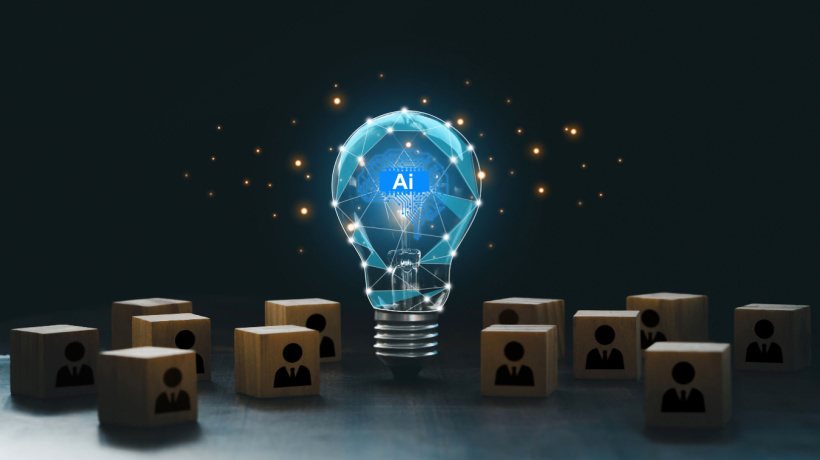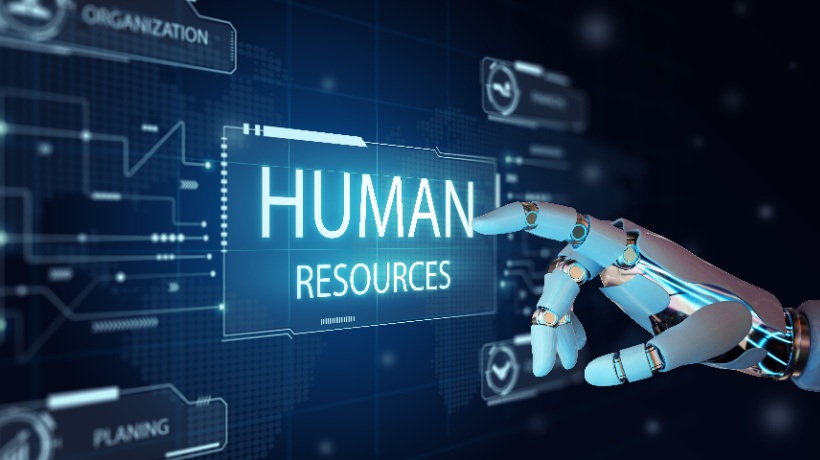Why Smart Human Resources Will Support Disruptive Businesses And Innovation
Innovation, disruption, and agility are key components to successful global businesses in 2017. The 4 Cs of education: Communication, Critical thinking, Collaboration, and Creativity are vital. Yet, all the indicators are that improvements in learning delivery have slowed right down. Based on our hands-on experience, I believe Speexx can share practical guidelines for effective, mature blended delivery of communication skills learning, a cornerstone of organizational success.
Forward-thinking businesses are looking to create disruption to innovate, grow, and see off competitors. In an increasingly global digital marketplace, Learning and Development professionals face their biggest challenge in a decade – reinventing the corporate learning infrastructure to deal with digital business - according to Bersin by Deloitte. Many businesses are heavily reliant on staff to deliver innovation so, according to ISTE educators, the 4 Cs of education: Communication, critical thinking, collaboration and creativity will be at the forefront in 2017.
Communication skills are a key component of the four Cs – and there is a number of steps organizations can take to enhance communication skills learning delivery and to create a culture of learning that underpins communication skills acquisition. Technology can help with this but the more a technical eLearning platform mirrors human interaction, the more effective it is.
The fact remains that many organizations feel they are not providing effective learning delivery.
Almost half (45%) of companies rate the issue of learning as ‘urgent’ – Bersin by Deloitte researchers have discovered that organizations’ capability to deliver needed learning solutions dropped by 11% in 2017, compared to 2016. It also revealed that only 8% of learning and development organizations rate themselves as ‘excellent’ at video and advanced media – a shocking 50% drop from 2016 capabilities. Only a quarter (24%) see themselves as excellent when it comes to apprenticeship and on-the-job training – no improvement from 2016.
The Art Of Critical Thinking
Getting blended, personalized learning delivery right for communication skills is not an insignificant task, but the rewards are high. Immediate return on investment comes from the ability to roll out consistent, effective learning throughout the world quickly and responsively.
Not only is this form of learning delivery cost-effective, but it also enables organizations to move swiftly when responding to changing market conditions. Employees can easily get up-to-speed on new languages as the organization enters new markets or develops new supplier partnerships.
Organizations that are ahead of the curve when it comes to delivering language and communications training will also see the benefit of being far more attractive to potential employees and will see higher levels of engagement among current employees.
A mature, flexible learning environment enables employees to achieve their goals at work, from living and working in different countries to participating in interesting and engaging collaborative global working.
So how does delivering a business language training work? See for yourself how you can help your talent do a better job and discover the Speexx virtual learning environment. To access the corporate 30-day trial account, please register here.
To achieve a culture of four Cs, there must be greater emphasis on personalized learning. Personalized learning paths, where learners have the opportunity to create their own learning journey, are key. Personalized learning delivery allows each individual to access a variety of learning content, from eLearning modules to one-to-one mentoring, from classroom teaching to peer collaboration. Learners must take charge of their own learning, defining for themselves what they need to learn to progress their own and the organization’s objectives. They also need to be able to choose learning content that is effective for them.
Champions Of Change
As a starting point, it is possible to measure how mature the organization is when it comes to learning provision. The Towards Maturity report Unlocking potential business learning benchmark contains aids to assessing maturity so that organizations can identify what they need to do to improve. Once this assessment is complete, the next step is to turn the focus to communication skills. To get employee and management buy-in to the need for effective language and communication skills it is vital to communicate to them, using concrete and relevant examples, how these skills can unlock the potential of the organization and drive profitability.
Large organizations with existing in-house teaching staff should prioritize getting these people onside with the idea of any change in learning delivery. It can be a good idea to identify Learning and Development professionals on the team who are particularly receptive to the idea of developing a language and communications-focused culture of learning – and appoint them as champions of change.
Once most people in the organization are on board with what you are trying to do, start by taking small steps. Define clear objectives such as better customer service metrics or higher levels of productivity arising from employee collaboration. Improving language and communication skills is a low-risk approach to delivering potentially high returns against these objectives.
The Smart Approach
HR professionals are looking to drive improved language and communication skills as a way of supporting disruptive business and innovation. Smart Human Resources professionals are those who understand that to meet the new needs of fast-moving digital business, it may be necessary to bypass the traditional, painstaking and slow process of developing all-encompassing, organization-wide training solutions. Instead, the more rapid, agile approach is to build on the learning delivery already available, adding incremental, personalized features to eLearning systems. At the same time, formalizing and developing mentoring and coaching within the organization, especially across borders, will pay dividends.









